Irish Employment Hits Record High
Key Insights from the Latest Labour Force Survey
The Central Statistics Office (CSO) has published the Labour Force Survey for the first quarter of 2025, offering a detailed snapshot of employment and unemployment trends in Ireland. The figures show a strong start to the year, with record numbers in work and continued progress towards national employment targets.
Employment Growth Continues
Employment reached nearly 2.81 million in Q1 2025, reflecting an annual increase of 90,800 jobs or 3.3% compared to the same period in 2024.
Some key highlights include:
- Full-time employment: Rose by 71,400 positions.
- Part-time employment: Increased by 20,100 roles.
- Regional growth: 65,700 jobs were added outside Dublin, a 3.5% rise in regional employment.
These gains align with the Government’s White Paper on Enterprise goal of creating 300,000 additional jobs by 2030.
Unemployment Falls to New Lows
The seasonally adjusted unemployment rate fell to 4.1% in April 2025, down from 4.4% a month earlier and in April 2024. Long-term unemployment also declined, dropping to 0.9%.
Minister for Enterprise, Trade and Employment, Peter Burke, welcomed the results, stating:
"The Irish labour market has shown strong resilience and growth, with low unemployment rates and increasing job opportunities across sectors such as technology, healthcare and finance. Today’s release from the CSO shows an exceptionally strong start to 2025, as the workforce continues to expand, driving the nation’s economic resilience and ensuring a brighter future for job seekers across the regions."
Minister for Public Expenditure and Reform, Paschal Donohoe, echoed the positive sentiment but added a note of caution, commenting:
"While I am encouraged by the resilience of the labour market in the face of increased economic uncertainty, it is important to stress that today’s figures are backward looking. It is crucial that the strength of the economy in recent years does not lead to complacency."
Remote Work and Female Participation on the Rise
The survey found that 480,400 people worked from home for at least one hour during the quarter, the highest level recorded since the CSO began tracking remote work.
Female participation in the labour market also continued to climb, reaching a historic high. The rate increased by more than one percentage point over the past year, reflecting the growing contribution of women to the workforce.
Youth Unemployment Remains a Challenge
While most indicators were positive, the findings were less encouraging for younger workers. The number of unemployed people aged 15 to 24 increased by 2,600 over the year to reach 33,100, an annual rise of 8.5%. This pushed the youth unemployment rate up to 9.5%, compared to 8.8% in early 2024.
Looking Ahead
The latest results confirm the strong performance of the Irish labour market, despite broader economic headwinds. Employers may wish to consider how continued employment growth and evolving workforce trends, such as rising female participation and sustained remote working, could impact recruitment, retention, and workforce planning.
We will continue to monitor developments and provide updates as more data becomes available and as Budget 2026 preparations progress.
If you would like support understanding how these trends may affect your organisation, or to discuss strategic workforce planning, please get in touch with our HR team.
MSS The HR People info@mssthehrpeople.ie Ph: 01 8870690












